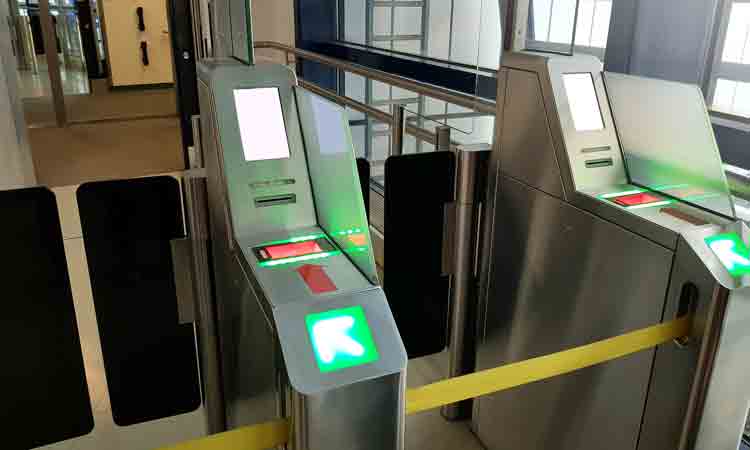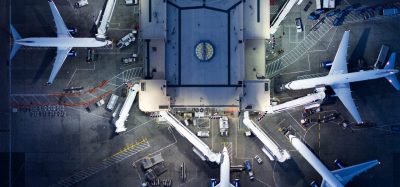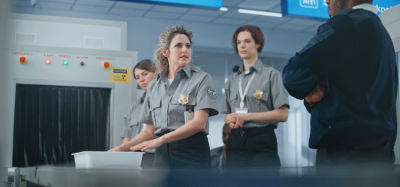How COVID-19 has enhanced the need for One ID
Posted: 19 August 2020 | Amandine Thomas - IATA | No comments yet
Amandine Thomas, Project Manager for the One ID initiative at IATA, details the project’s progress and how this will further evolve in the future.


With the COVID-19 crisis, passengers’ concerns and demands are changing. According to a recent IATA COVID-19 Passenger Survey, once the pandemic has subsided and it has been declared safe to travel, 84 per cent of travellers would feel safer having touchless processing throughout the airport. This is complemented by 65 per cent of travellers being extremely concerned or somewhat concerned by handing over their passport/phone/boarding pass to airport officials. To reflect this and help contribute towards government-imposed travel restrictions being lifted, passenger confidence in air travel returning and the safe restart of aviation, IATA – through its One ID initiative – has refocused its efforts on two priorities.
Contactless processing
The first one is to deliver contactless passenger processing at airport touchpoints. Achieving this would minimise physical interaction between people and limit the exchange of documents; helping to protect passengers, as well as airline, airport, security and government employees from cross-contamination.
Information exchange
The second priority is ensuring the efficient exchange of information between passengers, airlines and governments in the face of growing information requests. It could contribute towards empowering passengers with the capability to comply with additional government requests during times of emergency and leveraging the opportunity to proactively communicate passenger information, on destinations, for example. It could allow airlines to confirm information has been provided and assure that the passenger’s collected information has been authenticated where possible.
These two priorities are integrated into the IATA Restart strategy and are aligned with the recommendations from the ICAO Council’s Aviation Recovery Task Force (CART) Take-Off Guidance for Air Travel through the COVID-19 Public Health Crisis (Take-Off), of which IATA was a main contributor.
Take-Off guidance for air travel during COVID-19
Take-Off provides practical guidance to governments and industry operators in regard to restarting the international air transport sector and recovering from COVID-19 in a coordinated way. It includes a recommendation that “airports and other stakeholders should use contactless processes and technology, including biometrics, such as facial or iris recognition. Such digital identification processes can be applied to self-service bag drops, various queue access, boarding gates and retail and duty-free outlets. This will eliminate or greatly reduce the need for contact with travel documents between staff and passengers. It may also accelerate various processes, resulting in enhanced health protection, reduced queuing and other process efficiencies”.
A contactless and seamless end-to-end travel journey using biometric technology is the main priority of IATA’s One ID initiative, and the COVID-19 crisis has reinforced the significance of this industry goal, not only to help limit cross-contamination but to make travel more secure. IATA is dedicated to accelerating the harmonisation and interoperability of framework, processes, data models and data interchange through the development of One ID guidance, recommended practices and standards for the industry to adopt and implement.
One ID project progress
To date, the One ID project has already delivered a significant number of guidance documents for the industry, in the areas of technology, trusted digital identity and authentication, the One ID process and also in the area of data privacy and protection, and more is underway in 2020. By way of example in the area of data privacy and protection, the aim of One ID is to ensure the exchange of passenger data is implemented with high standards of privacy so that passengers’ personal information is protected to a greater standard than the current process, by using only the data that is necessary and authorised by a specific stakeholder.


Contactless technology and One ID will help relieve passengers’ concerns regarding contamination within airports
A big part of the recent work has been defining the business requirements for One ID. Together with our wide range of stakeholders (airlines, airports, government representatives, service providers) and with specific international organisations (such as ACI or WTTC), we are defining such requirements, making sure they then can be applied across the travel continuum as a whole. What does that mean? It means taking into consideration the various existing models of biometric identity management and working on how they can be made interoperable to ultimately provide passengers with a seamless experience.
Existing models include the U.S. CBP TVS system, the Indian Digi Yatra Biometric Boarding Process, other airport-based enrolment in collaboration with partners, or some airlines/alliance programme to enrol passengers. In all models, passengers have enrolled in a different manner prior to their journey, meaning their identity has been successfully authenticated, their biometric captured and bound to flight data. They have, as such, created their own trusted digital identity that can then be trusted by all stakeholders across the journey; airlines, airport authorities and border control authorities. Regardless of the party they have enrolled with, passengers will arrive at the airport and be recognised at all airport touchpoints. This means, in the background, the location/airport ‘community’ would have received the right subset of necessary data, in advance, to be able to prepare and then biometrically recognise the passenger. This is what is referred to as the IMP (Identity Management Platform). The same would apply at the transfer and arrival location.
As part of defining these business requirements, our working groups have been defining the whole One ID Ecosystem, describing the overall solution for creating the trusted digital identity (capture and authentication) that can be trusted by all. Key to developing this One ID Ecosystem is understanding the different requirements and authorisations that apply for each stakeholder, for instance, the specific government verification applied by individual border control authorities. Another element is to define the exchange of the passenger data across the whole travel continuum, putting the passenger at the centre and in control, whilst respecting the principle of data minimisation. In a next phase, we aim to leverage such passenger digital identity and provide the passengers with destination information and requirements (like travel authorisation, visa or health-related requirements) and support them in collecting information that may be requested by states.
In parallel, IATA continues to work in close collaboration with ICAO in developing the specifications of the digitalisation of the ePassport and how this is integrated and can support the whole One ID Ecosystem.
As evidenced by the impact of the COVID-19 crisis, the industry more than ever needs an accelerated adoption of biometric identity management solutions that will enable a contactless journey and contribute to a safer industry restart. Therefore, for the remainder of 2020, we are planning to increase our efforts to develop a further guidance document. IATA is dedicated to continuing supporting and ensuring the harmonisation of a real seamless travel experience. We are aiming to have the first version of data and messaging standards tested in 2020 and further adjusted in 2021 and beyond, to allow various parties to securely exchange necessary data and process passengers seamlessly.
Biography
Amandine Thomas works at IATA as the Project Manager for the One ID initiative. She is an experienced project manager, PMP certified, with over 10 years’ experience in the aviation industry working on complex international projects. Specifically, her focus has been on improving various aspects of the end-to-end passenger journey, including aviation security, the redesign and improvement of passenger checkpoints and identity management.
Issue
Related topics
Biometrics, Border control, Contactless / Touchless technology, COVID-19, New technologies, Passenger experience and seamless travel, Terminal operations


















